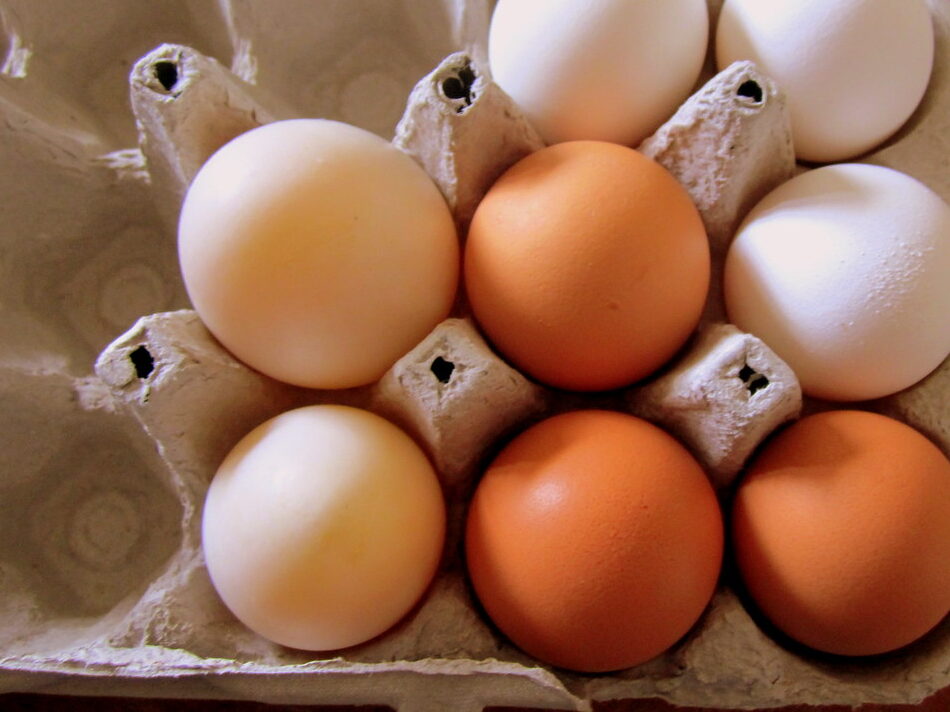
Some foods have been around for thousands of years. You won’t believe it, but they actually survived famines, wars, and the rise and fall of entire civilizations. Some great pharaohs, warriors, and traders ate them, yet they still end up on our plates today. Here are 15 ancient foods people still eat today:
Bread – Humanity’s First Fast Food
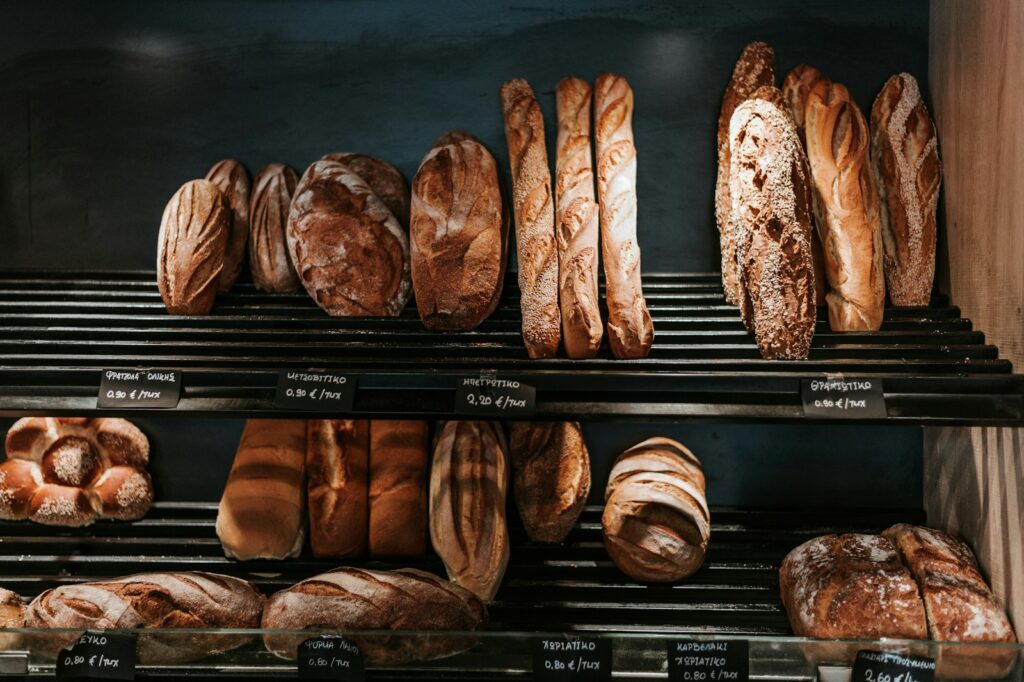
Bread has been a staple for over 10,000 years, and early humans made it in its simplest form—ground grains mixed with water and baked on hot stones. The Egyptians took it further by using yeast to make bread rise, creating something much closer to what we eat today. Even ancient soldiers carried flatbreads as rations, making it an early version of “to-go” food.
Honey – The Eternal Sweetener
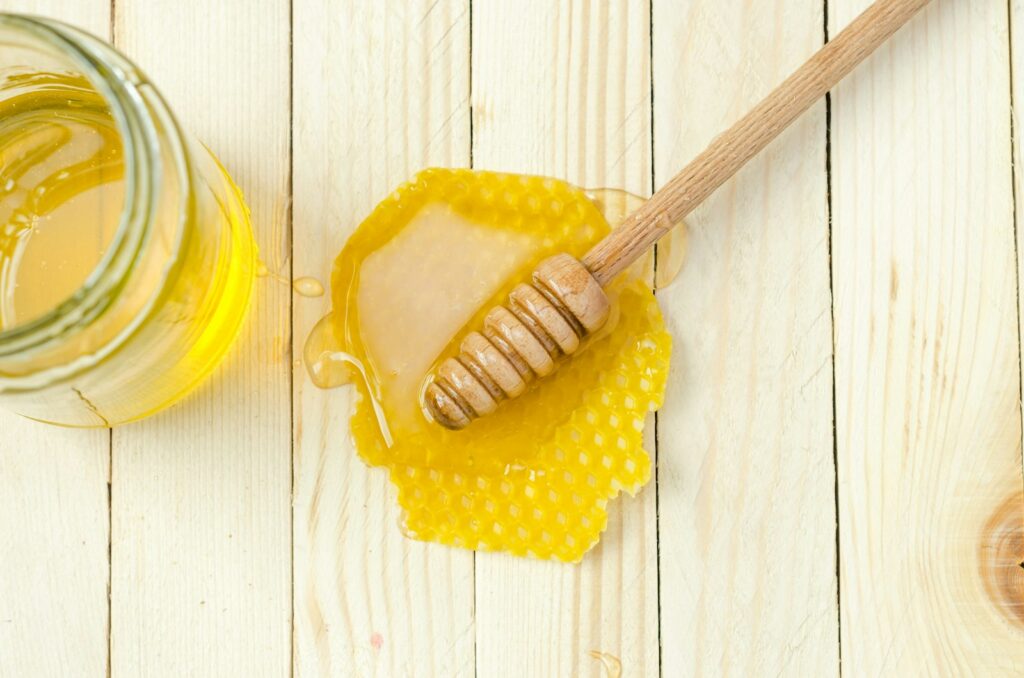
Honey never spoils. Archaeologists have found big jars of honey in Egyptian tombs that are 3,000 years old (some even more) and still perfectly edible. This golden liquid was used as medicine, an offering to the gods, and even as a wound treatment for its antibacterial properties. Today, we still drizzle it over yogurt, mix it into tea, and use it in countless recipes.
Olives and Olive Oil – Liquid Gold of the Ancient World
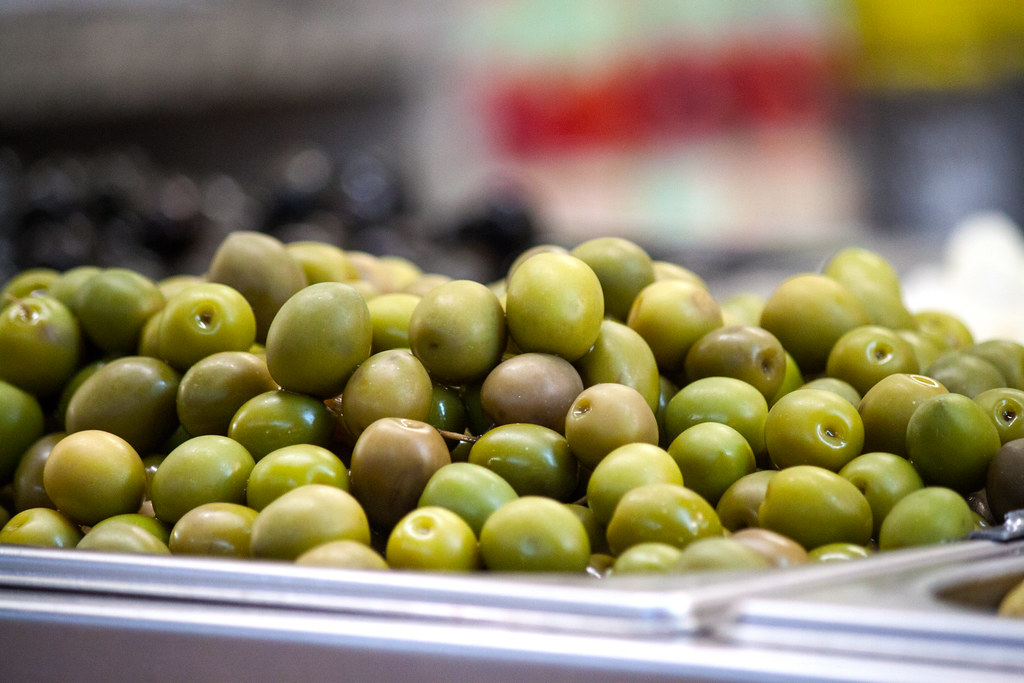
Olives have been cultivated for over 6,000 years, but their oil was even more valuable. The Greeks and Romans took olive oil not just for cooking but also as lamp fuel, skin moisturizer, and even in religious rituals. In some ancient cities, it was more valuable than gold. Today, extra virgin olive oil is an essential kitchen item known for both flavor and health benefits.
Rice – The Grain That Built Civilizations
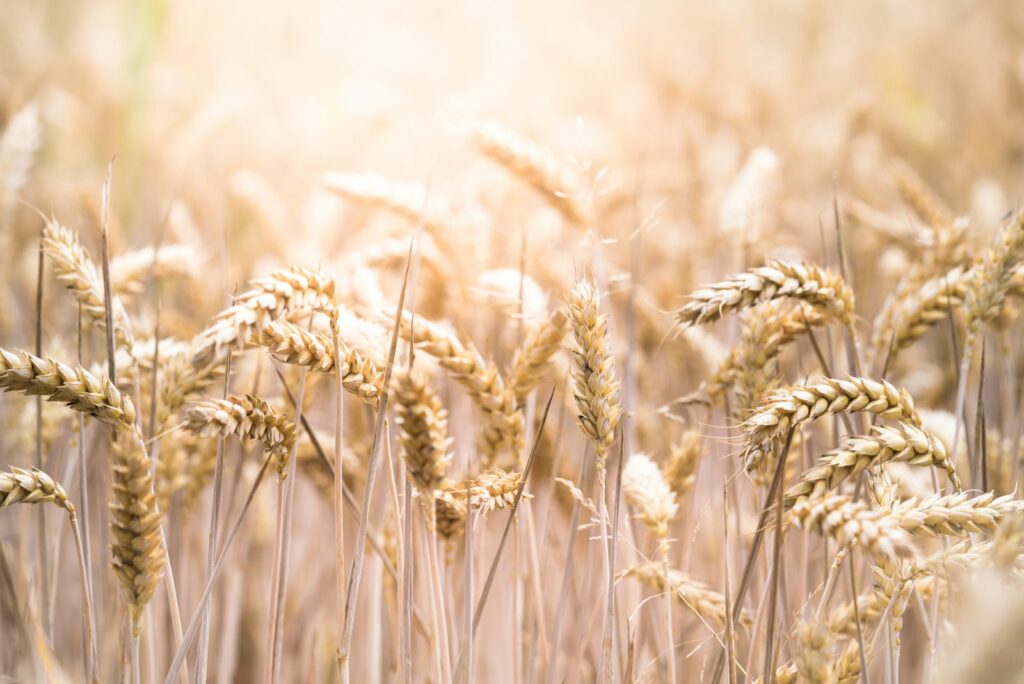
The first rice farmers in China developed an irrigation system to grow it, and from there, it spread to India, the Middle East, and then finally Europe. Samurais in Japan used rice to make sake (a famous rice wine). Rice has been feeding people for at least 9,000 years, and 50% of the world’s population today depends on rice as a staple food.
Lentils – The Poor Man’s Meat
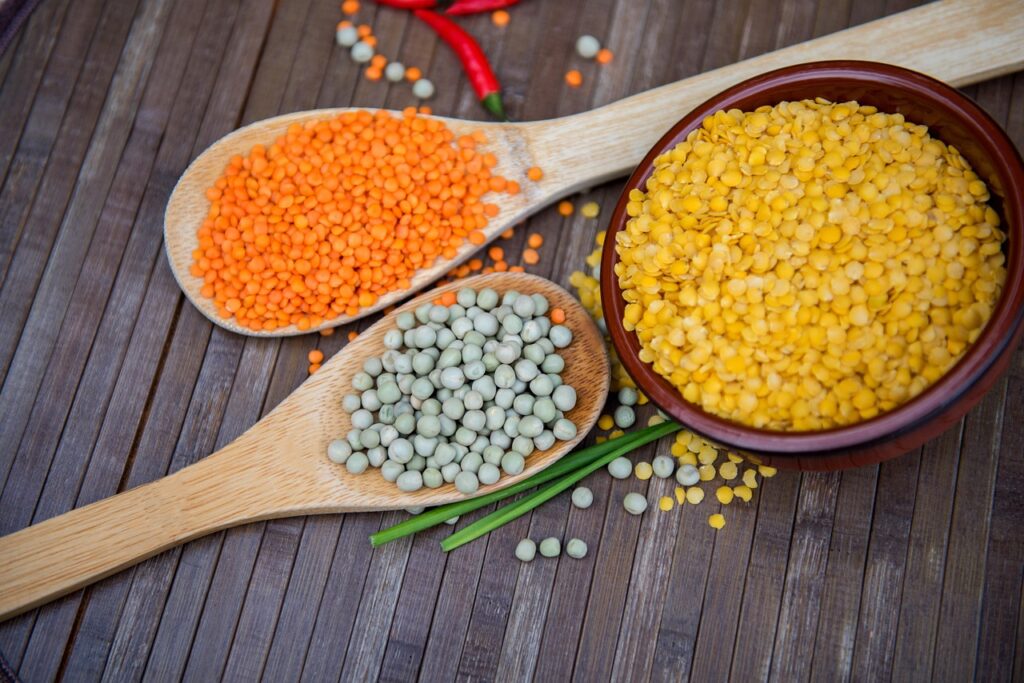
Lentils were a favorite food in ancient Egypt, Greece, and Rome because people could buy them for cheap, they were nutritious and easy to store. Because they had so much protein, they were a great alternative to meat for those who couldn’t afford expensive cuts. Even the Bible mentions a story where Esau traded his birthright for a bowl of lentil stew—talk about a valuable meal.
Garlic – A Warrior’s Secret Weapon
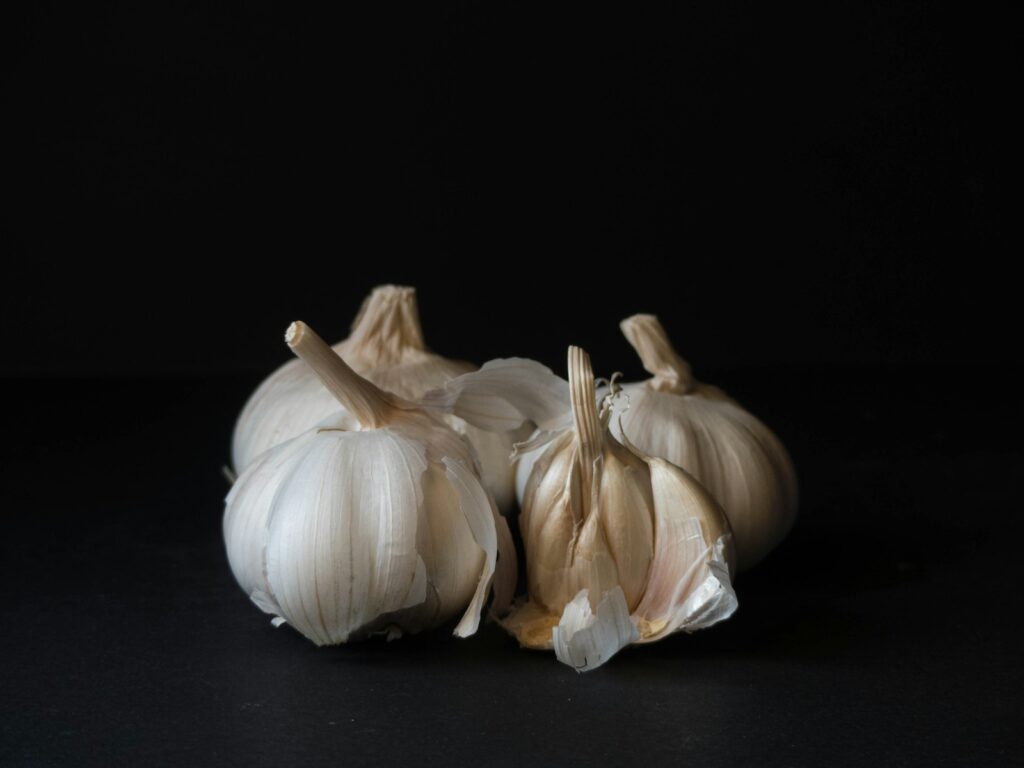
In the past, people believed that garlic gave them strength and stamina. That’s why Egyptian pyramid builders ate it daily to boost their endurance, and Greek Olympians chewed raw garlic before competitions. Garlic is now one of the main elements in global cuisines as it brings flavors to everything from pasta sauces to stir-fries.
Yogurt – Accidentally Discovered, Eternally Loved
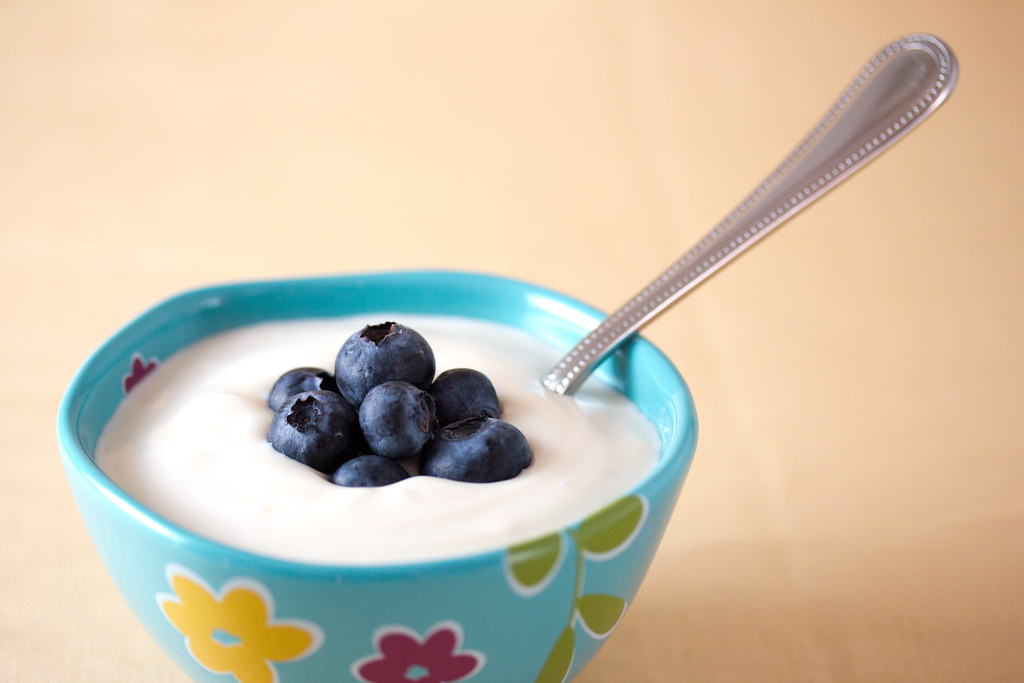
Thousands of years ago, nomads in Central Asia stored milk in real animal skin bags, and the bacteria inside naturally fermented it into something thick and tangy—yogurt. Not only did this help preserve milk, but ancient people also believed it had healing properties. Today, yogurt is still praised for its probiotics, which promote gut health.
Dates – Nature’s Candy
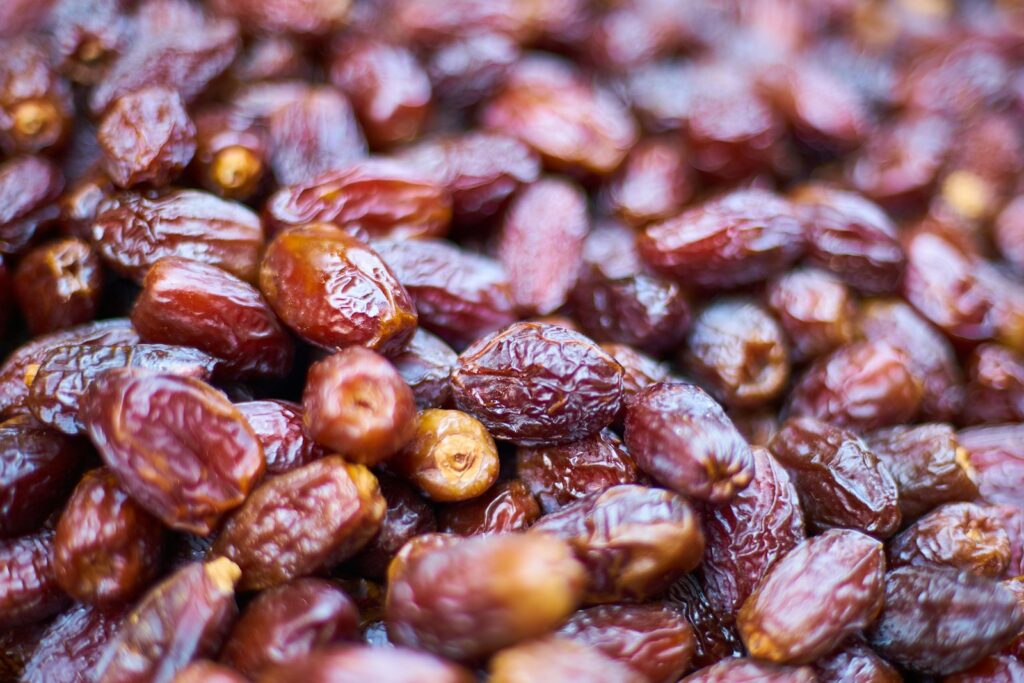
You might already know that dates come from the Middle East, and they’ve been cultivated there for over 6,000 years. Ancient travelers consumed them as energy-rich food when they were on a long journey across the desert region. Today, dates remain a delicious and nutritious snack and people use it to sweeten desserts and energy bars naturally.
Barley – The Original Beer Ingredient

Barley was one of the first grains farmed by humans, and it wasn’t just used for food—ancient Sumerians and Egyptians figured out how to ferment it into beer. Some of the earliest recipes were instructions for brewing beer from barley. The grain itself was also used in porridges and bread, and today, it’s still a key ingredient in soups, stews, and yes, beer!
Grapes and Wine – A Drink Fit for Gods and Kings
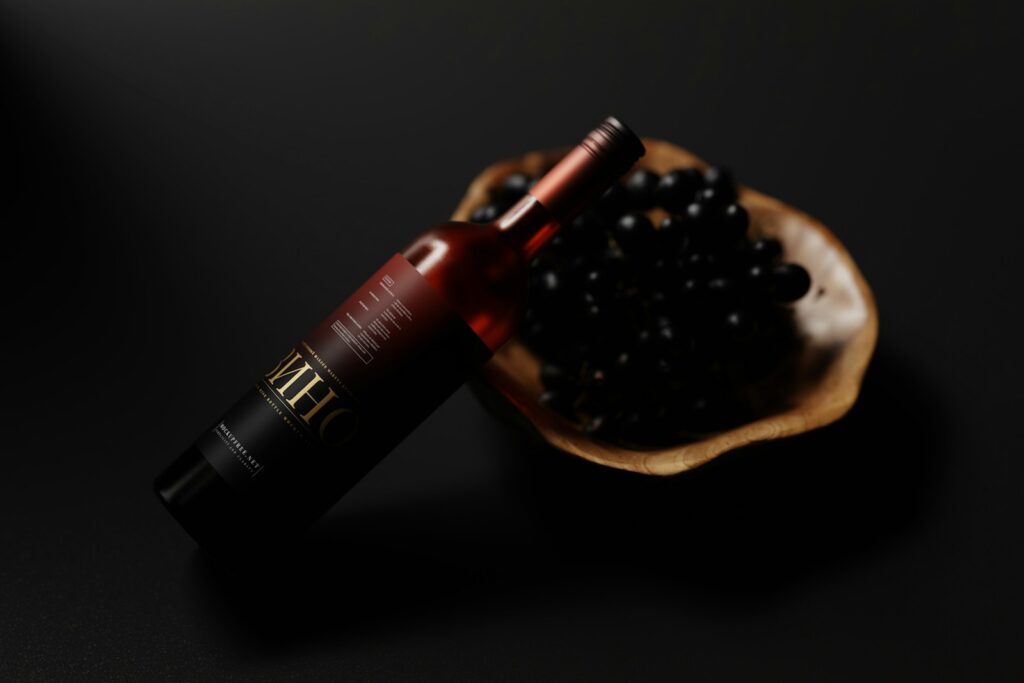
Wine has been around for at least 8,000 years, with the oldest known evidence coming from Georgia (the country, not the U.S.). The Greeks and Romans took wine culture to another level, dedicating gods to it—Dionysus and Bacchus. In medieval Europe, monks perfected winemaking, and today, vineyards continue this centuries-old tradition, producing wines enjoyed all over the world.
Chickpeas – The Star of Ancient Street Food
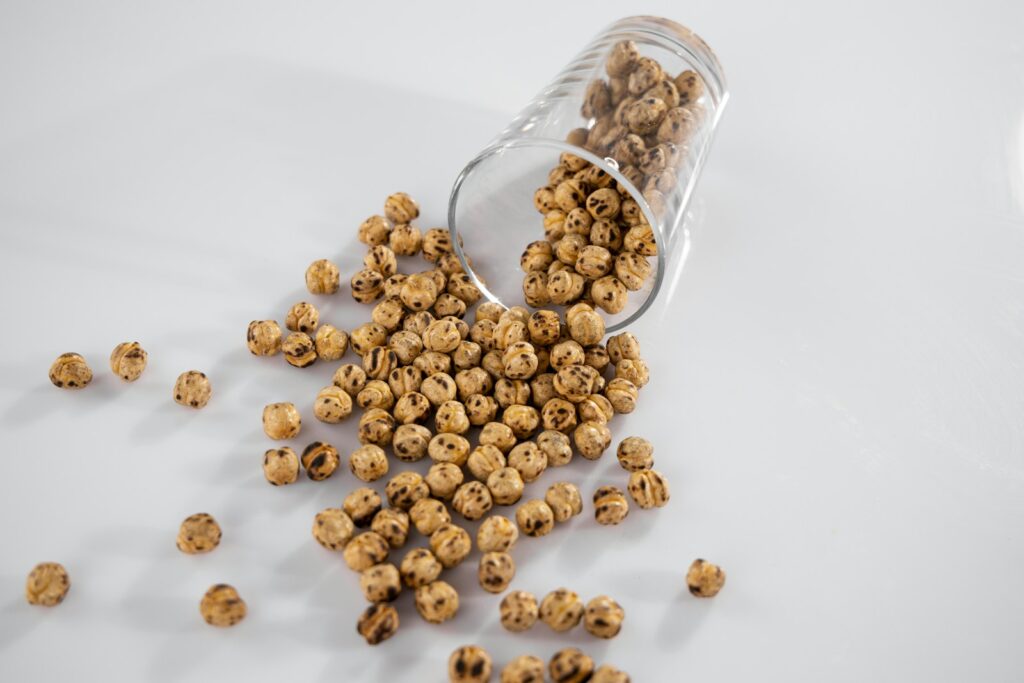
Chickpeas date back at least 7,500 years and were loved by the Mesopotamians, Egyptians, and Romans. Romans would roast them and eat them as snacks—an early version of modern roasted chickpeas. They also used them in stews and spreads just like today’s hummus and falafel. This humble legume has remained a protein-packed favorite for vegetarians worldwide.
Cheese – A Delicious Accident
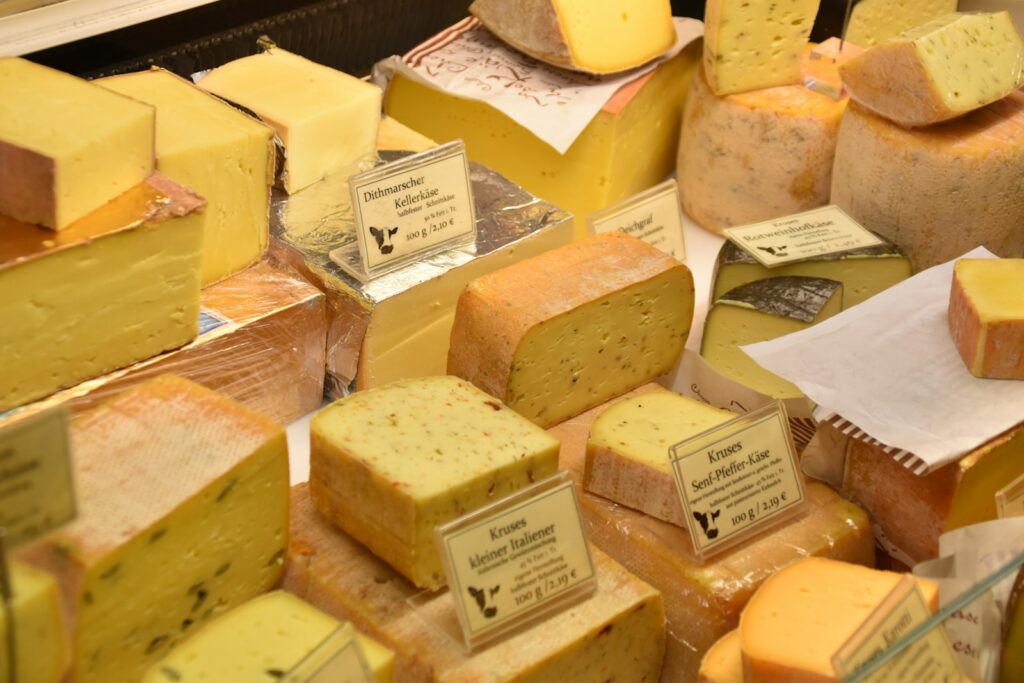
Cheese was probably discovered by total accident when some ancient herder stored milk in an animal stomach and later found it had turned into something thick, curdled, and surprisingly tasty. That lucky mistake kicked off a whole cheese-making tradition. Egyptians loved their soft cheeses, Romans aged theirs to perfection, and medieval monks got creative with blue cheese.
Fish and Seafood – The Lifeline of Coastal Civilizations
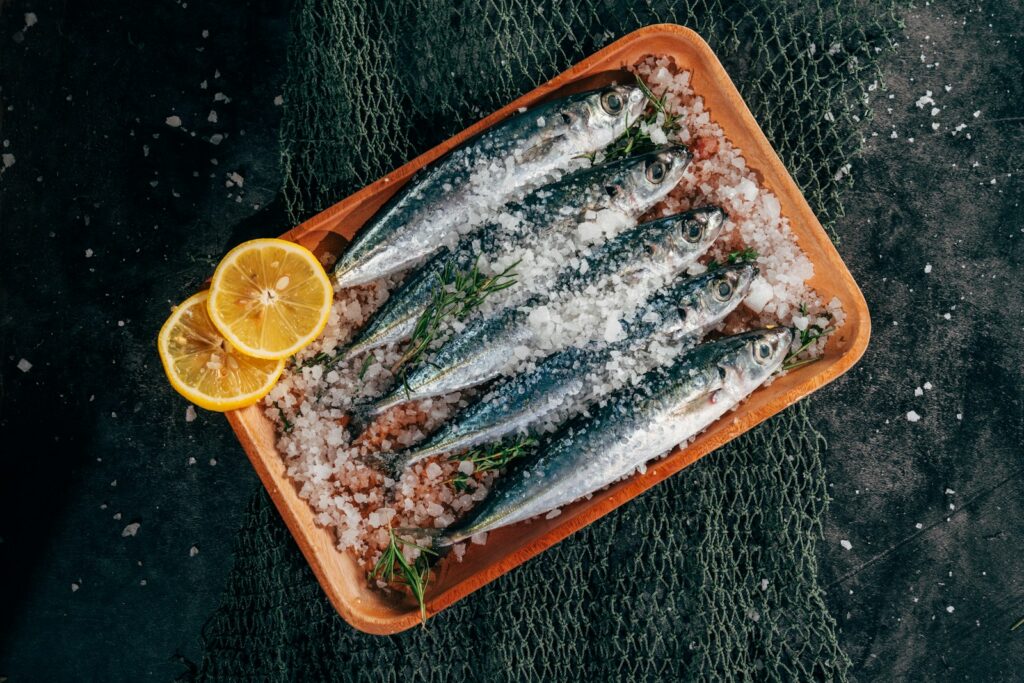
People have been eating fish for over 40,000 years, and for good reason—it’s packed with protein and pretty easy to catch if you live near water. Ancient Egyptians farmed tilapia in the Nile, while the Japanese were already perfecting sushi centuries ago. Vikings? They salted and dried fish so they wouldn’t go hungry on their wild sea voyages.
Eggs – The Original Grab-and-Go Meal

Eggs have been on the menu for thousands of years, and at one point, they were a fancy food only the rich could afford. The Romans were big fans—they even had a saying, ab ovo usque ad mala—”from eggs to apples,” meaning from the start to the end of a meal. You can see that eggs are everywhere today—scrambled, fried, poached, or tossed into recipes.
Herbs and Spices – The Treasure of the Spice Routes

Ancient civilizations didn’t just eat for survival—they wanted flavor too! Spices like cinnamon, black pepper, and saffron were so valuable back then that they fueled entire trade routes. Black pepper was once called “black gold” because it was very expensive. Today, these same spices enhance our meals, proving that good flavor never goes out of style.
Leave a comment